Last Chance to Catch NYC's Holiday Notalgia Train
We met the voices of the NYC subway on our nostalgia ride this weekend!


In 1800, the first Roman Catholic school in New York City opened at St. Peter’s Church in Lower Manhattan. It remained the only such school in the city until 1817, when St. Patrick’s Cathedral in Manhattan opened a “free school” of its own. Both of these schools were housed in the church buildings and funded by the parishes. Although these first two schools were characterized by their limited resources, they were the first in a long history of successful Catholic schools that have dotted New York’s landscape for the past two centuries. When Catholic education in the city reached its peak during the middle of the 20th century, hundreds of Catholic schools were in operation, many of which were in their own buildings.
Yet in recent decades, this story of widespread growth has turned into one of rapid decline. Falling enrollment numbers and decreased religious participation has led to consolidation and constant closures of Catholic schools across the five boroughs. This year alone, 26 Catholic schools in New York City are closing their doors for good, with the COVID-19 pandemic proving to be the final nail in the coffin for many of these already ailing institutions. Yet the effects of COVID-19 are only part of the much larger stories of Catholic schools in New York City, a story that is closely entwined with that of the city and the many changes it has experienced throughout the years.
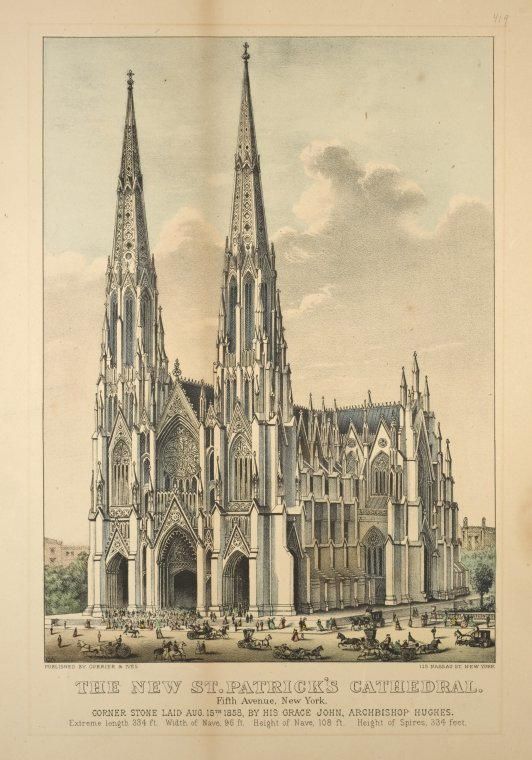
Postcard of St. Patrick’s Cathedral, issued between 1878-1899. Photo from the New York Public Library.
The rise of Catholic schools in New York City coincided with larger historic trends at play in the city, beginning with the widespread anti-Catholicism present during the 19th century. New York City public schools were embroiled in a bitter dispute over the role of religion in education, with the protestant majority prohibiting children from reading the Catholic version of the bible. Although an imperfect compromise was reached with the Maclay Bill (which prohibited religious instruction in public schools but left local school wards to set their own curriculum), Catholic leadership still saw it fit to take the matter of education into their own hands. The then-bishop of the archdiocese of New York, John J. Hughes, announced that the archdiocese would help organize and fund the building of Catholic schools throughout the city, a task that had traditionally been left to the individual parishes.

St. Peter’s Roman Catholic Church in Lower Manhattan
The idea initially seemed to be a risk but proved itself a great success, thanks in large part to the great number of German immigrants coming into the city during the later half of the century. By the time of Bishop Hughes’ death, there were approximately 15,000 children attending the 43 schools within the archdiocese of New York, 31 of which were entirely free. This number only continued to grow as new populations of immigrants settled in the city, including large Irish and Italian communities. Throughout the late 19th and early 20th century, Catholic education continually grew throughout the five boroughs, acting as a viable middle ground between New York City public schools and pricey private schools (many of the Catholic schools were still free at the time). The school surge reached its peak in 1965, with 40 percent of all Catholic students in the city attending parochial schools. At the time there were 183 total schools in Manhattan, the Bronx, Staten Island, and part of upstate, the areas that constitute the archdiocese of New York. Even more schools were located in the diocese of Brooklyn, which includes Brooklyn and Queens.
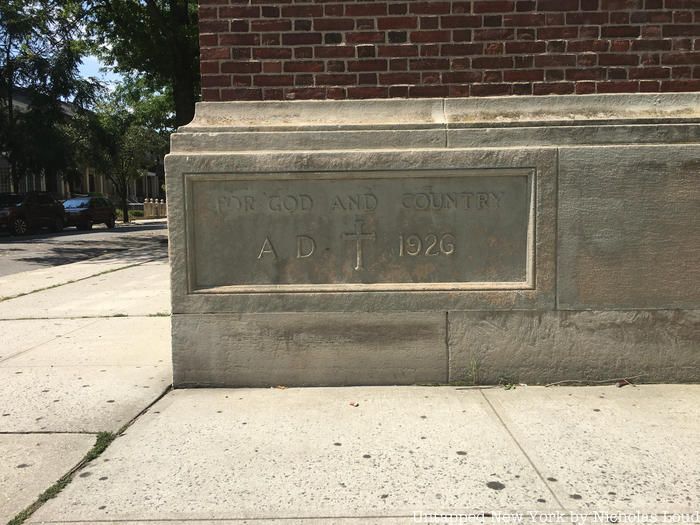
St. Anselm School cornerstone in Brooklyn New York
However, from the 1970’s onwards the prevalence of Catholic schools in the city began to decline. This trend can be attributed to a confluence of factors including lowered birth rates, smaller family size, declining of religious participation, and the disaffiliation of younger Americans from the church. Additionally, the later part of the 20th century saw many of the city’s Catholic communities (former German, Irish, and Italian immigrants) move to suburbs on Long Island and in New Jersey. New communities filled this absence however, as enrollment in New York City Catholic schools began to increasingly consist of Hispanic, Asian, and Black students.
However, the many other factors of change have still been too much for some of these institutions to handle. It has become harder for parishes and the diocese to support these schools, and the struggle becomes even worse every time the Catholic Church and the city faces a setback. The widespread sexual abuse scandals in the Catholic Church have surely hurt enrollment in parochial school, and larger events such as the 2008 financial crisis have made it even more difficult for these now-small schools to support themselves. The COVID-19 pandemic has been one obstacle too many for a great number of these schools to bear.

St. Anselm School in Brooklyn
Untapped New York recently interviewed Stephen M. Koeth, who offered additional insight and analysis into current condition of Catholic schools in New York City. Koeth is currently a Priest In-Residence and Post-Doctoral Fellow at Notre Dame University and wrote a dissertation on the Suburbanization of American Catholicism for his PhD at Columbia University. “The Catholic school system in this country was built to provide quality education and faith formation to the children of poor Catholic immigrants,” said Koeth. “Ironically, the recent closure of numerous parochial schools in the area [greater New York City] is rooted in the fact that many of the city’s parochial schools still serve immigrant and minority families, or all faith backgrounds, whose children are underserved by the public schools.”
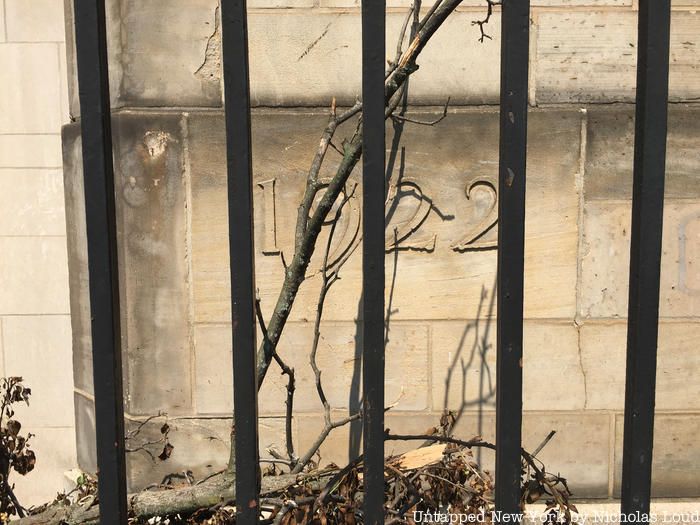
Our Lady of Angels School cornerstone in Brooklyn
Koeth continued by explaining his own analysis of the effects COVID-19 is having on the city’s Catholic educational system. “Although parochial schools are highly subsidized by parishes and dioceses, the precarious financial position of minority, immigrant, and working-class families often makes the cost of parochial school tuition impossible.” “Since these schools are tuition-dependent, and instituting COVID-related health measures was adding additional costs, this drop in enrollment forced a number of parochial schools, which had already been in precarious financial positions, to close because of the pandemic.” Koeth did add that much like the city itself, the Church in New York is clearly divided along socio-economic lines. “Catholic schools and academies in wealthier areas will have an easier time enduring the pandemic since the families they serve have greater financial security and flexibility.”
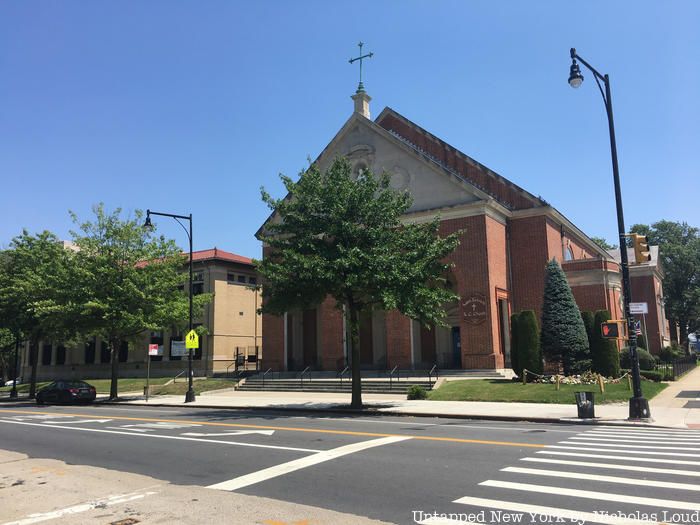
St. Ephrem Church and School in Brooklyn, both designed by architect Gustave E. Steinbeck.
The closing of these schools does raise the question of what will happen to the physical spaces of the buildings going forward, a great number of which were designed by Gustave E. Steinbeck, the notable architect behind many on New York City’s schools and churches. “The parishes that maintained these now closed parochial schools are continuing to suffer significant financial loses and diminished Sunday collections as churches were closed and as the size of Mass congregations was limited upon reopening,” said Koeth. “Although closed parochial schools have sometimes been converted to other social service purposes, including food pantries, community centers, and even senior living communities, parishes may need to consider selling or leasing the buildings to provide financial resources for their other ministries. In the short term – especially during the duration of the pandemic – the buildings might be leased to public or charter schools for increased social distancing of their student bodies, especially as parochial school closures will likely enrollments in local public schools. If and when the real estate market improves, parishes may be tempted to sell closed school buildings to developers to secure the financial future of the parish.”
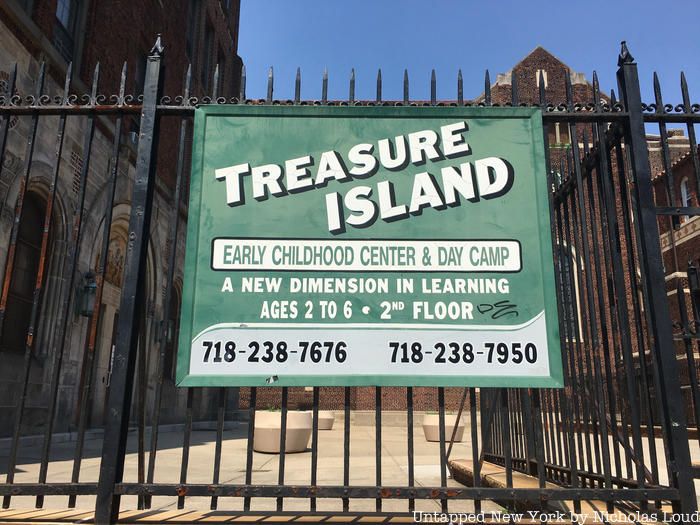
Our Lady of Angels Church has begun renting out space in the former school building to an early childhood center.
At the end of this article is a complete list of the 26 Catholic schools closing this year. However, while some of these buildings might find new purpose in the coming years, the sad truth remains: Catholic schools are yet another example of a longstanding New York City institution that is closing its door for good during the COVID-19 pandemic. Yet unlike the restaurants and bars that have closed during the pandemic, some of these schools represent history that reaches back over a hundred years, playing a role and telling a story that intersects with the larger narrative of the city they were created to serve. Now, the schools are gone and only the buildings will remain, institutions that once supported the city’s underserved communities now turned to passive monuments that quietly tell the tale of yesteryear’s New York.

Our Lady of Angels School in Brooklyn
The following Catholic schools are closing in the archdiocese of New York:
The following Catholic schools are closing in the archdiocese of Brooklyn:
A note on sources: The “Catholic Schools” entry in the second edition of Kenneth T. Jackson’s The Encyclopedia of New York City was consulted as a secondary source for this article. Addition information is from conversations with Stephe M. Koeth.
Next, check out the Ghost Storefront Revealed on the Upper East Side.
Subscribe to our newsletter